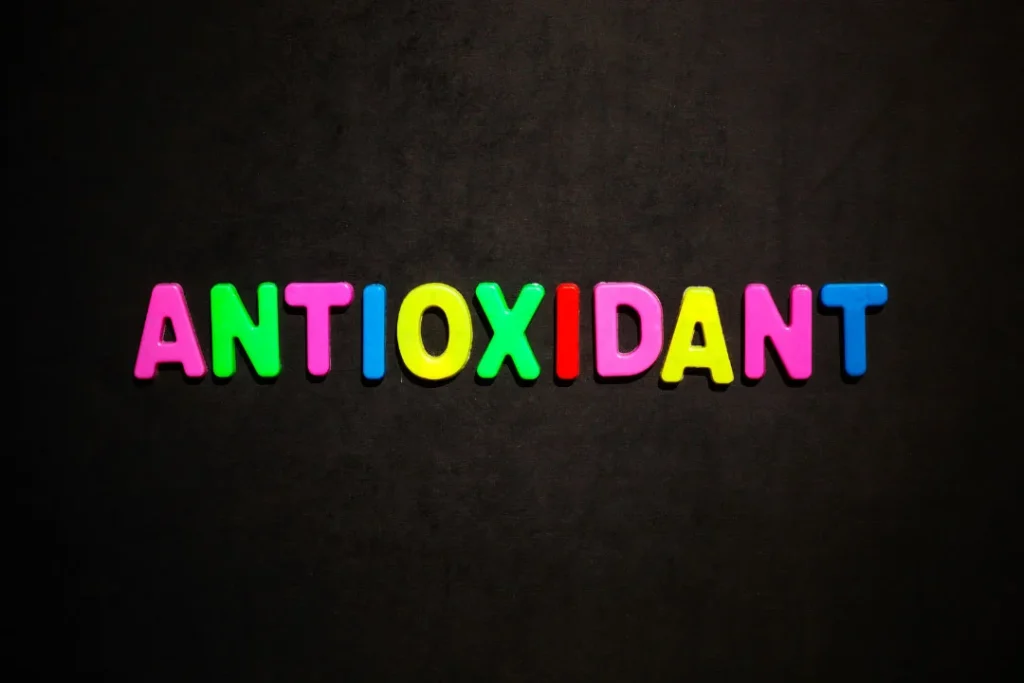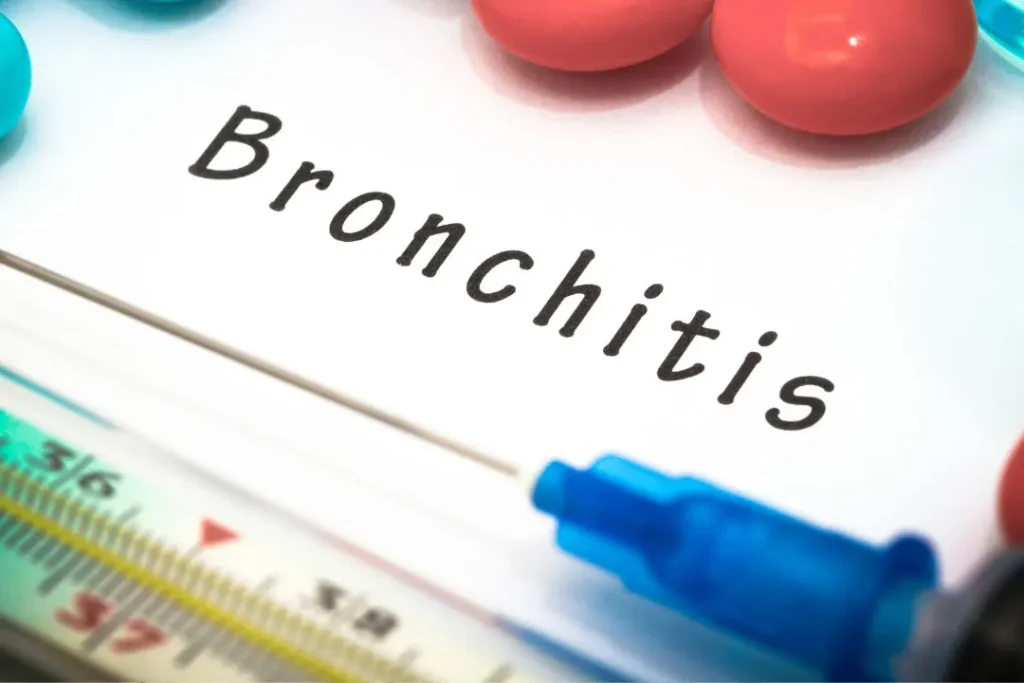A South American native tree known as cocillana, also known as Guarea rusbyi, is highly prized for the potential medicinal uses of its bark. Cocillana has long been used in a variety of health applications, and interest in it is expanding in today’s health situations. This in-depth analysis explores Cocillana’s nature, health advantages, recommended dosage, potential negative effects, and drug interactions with a focus on the chemical and physiological mechanisms underlying its action.
You May Also Like:
Reishi Spores: Powerful Ancient Medicine For The 21st Century
Cognitive Health Extra Strength Supplement vs Medicine Man Plant Co.’s The Brain Pill
Cocillana: Benefits, Dosage, Side Effects, Drug Interactions, and Other Important Information is an original (NootropicsPlanet) article.
Nature of Cocillana
Large and up to 30 meters tall, the cocillana tree is identified by its light brown bark. The bark of cocillana, which is abundant in diverse phytochemicals like triterpenes, phenolic compounds, and flavonoids, gives the plant its therapeutic significance. Cocillana’s distinctive therapeutic profile comes from this mixture of bioactive substances.
Health Benefits
Cocillana bark has traditionally been used to treat a variety of conditions, especially those affecting respiratory health. Its main application has been as an expectorant, which makes it easier for mucus to be expelled from the respiratory tract. The different phenolic chemicals found in cocillana bark are mostly responsible for this utility.
Numerous health advantages, such as antioxidant, anti-inflammatory, and antibacterial effects, are associated with phenolic chemicals. These characteristics may be especially helpful in the respiratory tract, where they may assist to lessen inflammation, fend off harmful bacteria, and shield cells from oxidative stress.
Cocillana bark also contains triterpenes, which have anti-inflammatory and antitussive (cough-suppressing) characteristics. These features may help explain why the bark is effective in treating respiratory problems. Triterpenes can help calm the respiratory system by lowering inflammation and inhibiting unneeded coughing.

Chemistry of Cocillana
Cocillana’s (Guarea rusbyi) bark is prized for its abundance of phytochemicals. Triterpenes, phenolic compounds, and flavonoids are among the many bioactive substances it contains. Six isoprene units make up the terpenoid class known as triterpenes, which have a variety of biological features including anti-inflammatory and antitussive actions. Cocillana has additional medicinal potential as a result of the presence of phenolic compounds and flavonoids, which are known for their strong antioxidant, anti-inflammatory, and antibacterial properties.

Physiological Mechanisms of Action
These phytochemicals’ physiological actions are responsible for cocillana’s health advantages, especially its effects on respiratory health. The respiratory tract cells are protected from oxidative damage, which is a common occurrence in many respiratory disorders, by the antioxidant characteristics of the phenolic compounds and flavonoids. Their anti-inflammatory properties aid in reducing respiratory tract irritation, which further alleviates symptoms for folks with poor respiratory health.
The antibacterial capabilities of the phenolic compounds and flavonoids also serve to guard against pathogenic germs, which is especially advantageous in the respiratory system where such pathogens frequently cause infections.
Cocillana bark contains triterpenes that have their own physiological effects that add to the plant’s potential for therapeutic use. They have anti-inflammatory qualities that lessen respiratory tract irritation, which is a typical symptom of diseases including bronchitis and asthma. Additionally, they have antitussive properties, which can help control excessive coughing and improve respiratory comfort and function.

Optimal Dosage
Determining the optimal dosage for cocillana can be challenging. Due to the variability in the concentration of its active components based on growing conditions and extraction methods., finding the correct dosage ideally requires assistance from your healthcare provider. However, in commercial preparations, a typical dosage ranges from 300-600 mg of cocillana extract per day, divided into two or three doses. As with any supplement, starting at the lower end of this range and adjusting based on individual tolerance and response is recommended.
Side Effects
When taken at recommended doses, cocillana is generally well tolerated with little side effects recorded. Some people may develop stomach upset or gastrointestinal pain, such as nausea. Hypersensitivity reactions can occasionally happen, especially in people who have allergies to plants in the Meliaceae family.
Potential Substance Interactions
The effects of cocillana on respiratory function could interact with other drugs that affect respiratory health, despite the lack of information on possible drug interactions with this medicine. Bronchodilators, antihistamines, and cough suppressants may be included in this. As always, if you are currently on any medications, you should speak with a medical expert before beginning cocillana supplements.

Responsible Use
To get the most out of cocillana and reduce any adverse interactions and symptoms, it must be used responsibly. This entails following prescription dosage guidelines, looking for high-quality goods from dependable suppliers, and obtaining medical advice as required. More research is required to properly comprehend the whole range of cocillana’s advantages and its ideal application in promoting human health, despite the drug’s remarkable therapeutic potential.
The physiologically active chemicals found in cocillana have the potential to significantly improve respiratory health. Its value in treating respiratory disorders is highlighted by its historical use as an expectorant and the qualities of its phytochemical ingredients, which have been supported by science. It’s crucial to approach its use, like with all natural supplements, with caution.
Cocillana:
Conclusion
Cocillana provides much-needed relief for those who have been struggling with mucus buildup and other prominent respiratory issues. It has been a source of respiratory aid throughout history. Its collection of bioactive ingredients gives your body the opportunity to quickly process the supplement, providing for quick alleviation of symptoms. Cocillana’s antibacterial properties make it ideal for those who are at risk for infection. To get the most out of cocillana, consult with your physician for more details regarding dosage, interactions, and safe usage.
References:
- Cocillana (Guarea rusbyi) is a flowering tree. The bark has been traditionally used to make medicine.link:https://www.webmd.com/vitamins/ai/ingredientmono-408/cocillana
- [The effect of warfarin was potentiated by an antitussive. Cocillana-Etyfin increased the PK(INR) value]link:https://www.researchgate.net/publication/40647059_The_effect_of_warfarin_was_potentiated_by_an_antitussive_Cocillana-Etyfin_increased_the_PKINR_value
- Cocillana, Syrup, 90cc.link:https://www.si.edu/object/cocillana-syrup-90cc%3Anmah_738615
Important Note: The information contained in this article is for general informational purposes only, and should not be construed as health or medical advice, nor is it intended to diagnose, prevent, treat, or cure any disease or health condition. Before embarking on any diet, fitness regimen, or program of nutritional supplementation, it is advisable to consult your healthcare professional in order to determine its safety and probable efficacy in terms of your individual state of health.
Regarding Nutritional Supplements Or Other Non-Prescription Health Products: If any nutritional supplements or other non-prescription health products are mentioned in the foregoing article, any claims or statements made about them have not been evaluated by the U.S. Food and Drug Administration, and such nutritional supplements or other health products are not intended to diagnose, treat, cure, or prevent any disease.


